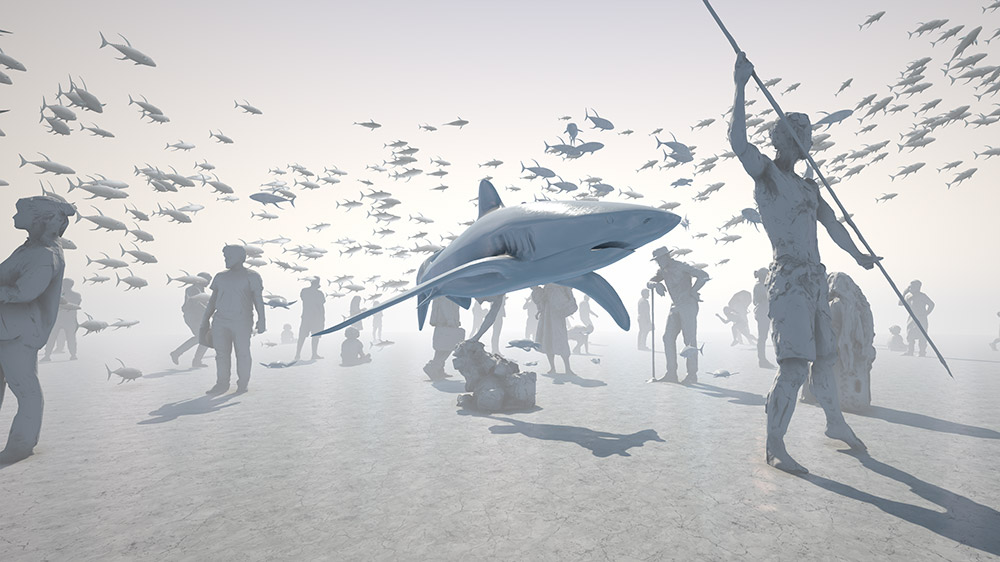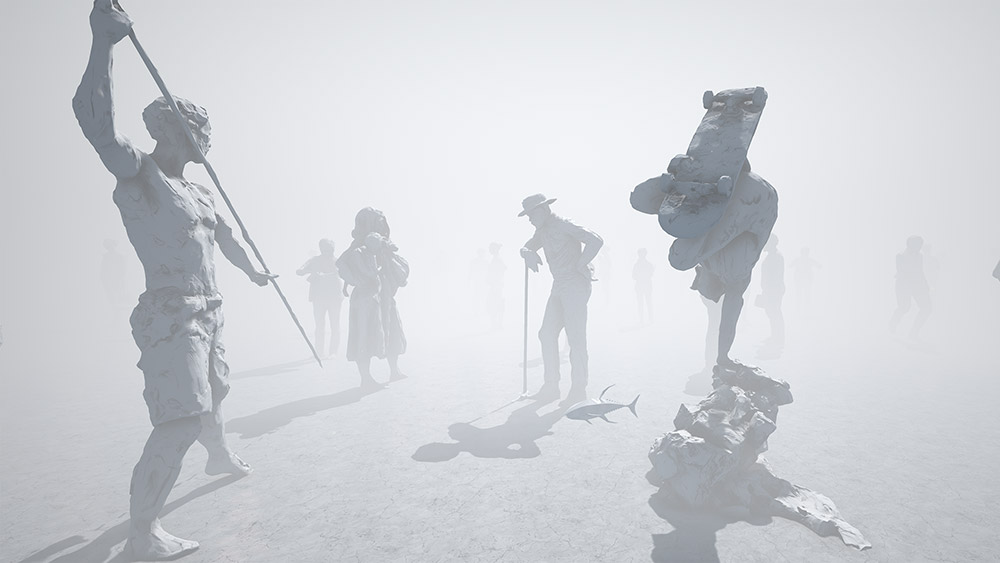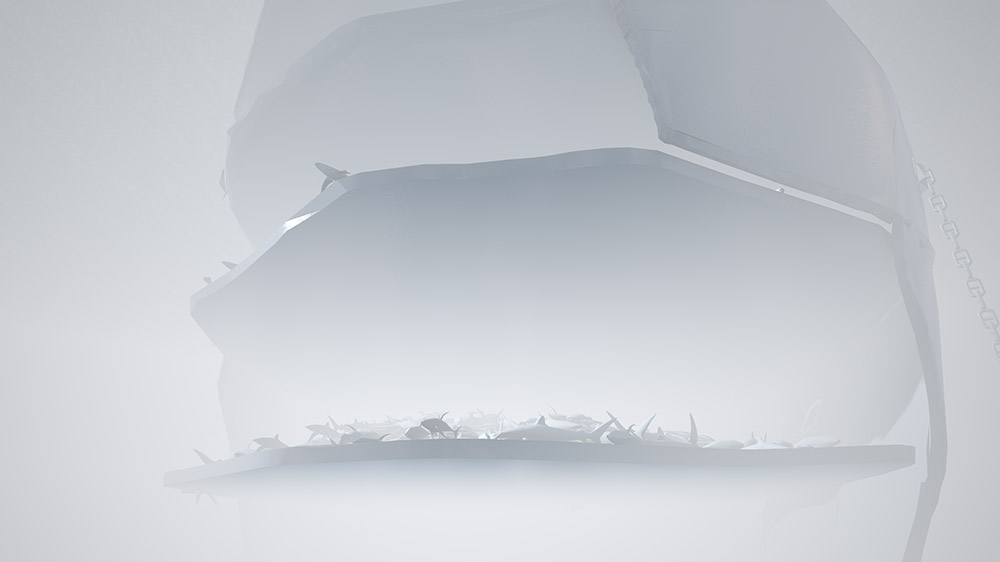The Nature Conservancy enters VR

Metaverse
5 minutes read
June 8th is World Ocean’s Day, which makes it an excellent opportunity to investigate a stunning VR experience that will teach you much more about the world of industrial scale fishing. We spoke to Tim Dillon of MPC about the project, which was created for The Nature Conservancy.

This project was created for The Nature Conservancy – can you give us an introduction?
The Nature Conservancy is a global conservation organization dedicated to conserving the lands and waters on which all life depends. Guided by science, it creates innovative, on-the-ground solutions to our world’s toughest challenges so that nature and people can thrive together. The Nature Conservancy is tackling climate change, conserving lands, waters and oceans at unprecedented scale, and helping make cities more sustainable. Working in more than 65 countries, they use a collaborative approach that engages local communities, governments, the private sector, and other partners.
Give us a brief description of This Is Our Future – what will people see and experience?
This Is Our Future takes the viewer on a journey through huge scale gallery spaces where they can see the problems facing the fishery via a series of sculptures that communicate information through the viewer’s actions. The VR experience is a real-time engine-based piece that uses a non-photographic approach, and was built using Unreal Engine. This is a piece that could not have been created as a pre-rendered video, not only because of the interactivity, but also because the compositions themselves relied on positional tracking. We took advantage of Unreal’s procedural capabilities—different things will happen for each viewer and every time.

Many people might not be aware of how industrial scale fishing works. In This Is Our Future, we get a look at it. Is it accurate?
Yes, this is an accurate experience for sure! We were careful to create a story in both visual and VO that portrayed the issues and brought the size of the issue to life in a new way.
(For more information on the real world issues, see this site for a detailed explanation.)
As a title, This Is Our Future is quite definitive – do we have no chance of stopping it?
Absolutely not! The Nature Conservancy proposes that by using new technologies, known and unknown, there is so much we can do to turn the tide against these issues.

What can people do who feel moved by This Is Our Future to help stop overfishing?
Please support the campaign, tell their friends, support the issues locally and nationwide. It’s about being engaged and getting others involved, this is hugely important, especially now when we have an administration here in the US that is not supporting climate change issues.
Thank you for speaking with us, Tim.
This Is Our Future is available on Viveport.

